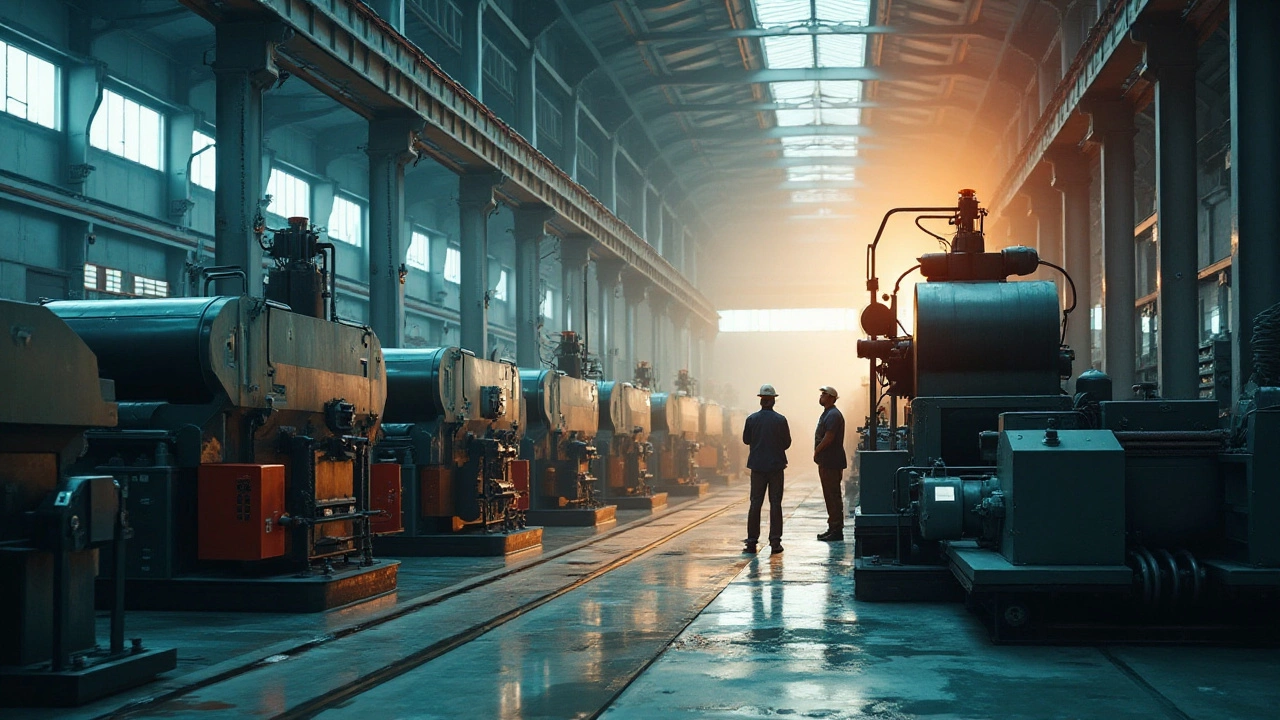High-Quality Steel: Definition, Benefits, and Buying Guide
If you’re hunting for steel that won’t let you down, you need to know what “high-quality” actually means. It isn’t just a marketing tag – it’s a mix of chemistry, process control, and testing that gives you reliable performance.
High‑quality steel starts with the right alloy mix. Small changes in carbon, manganese, chromium or nickel can swing the strength, ductility and rust resistance dramatically. That’s why manufacturers keep tight tabs on each ingredient.
The next step is a controlled production line. Modern mills use precise temperature curves, rolling speeds and cooling methods. When a plant can repeat those settings every batch, the steel stays consistent from one coil to the next.
Key Characteristics of Premium Steel
First up, strength. A high‑grade steel will carry heavier loads without bending, which matters for bridges, skyscrapers and heavy machinery. You’ll see the numbers in the tensile‑strength rating on the data sheet.
Second, durability. Premium steel resists wear and tear, so you get a longer life span even in tough environments. That can save you money on replacement parts down the road.
Third, corrosion resistance. Adding elements like chromium forms a protective layer that stops rust from eating the metal. For outdoor or marine projects, this trait is a game changer.
Finally, consistency. When you buy a full shipment, you expect every piece to match the specifications. High‑quality producers run regular checks so you don’t get surprise weak spots.
How to Choose the Right Grade
Start by mapping your project’s demands. Do you need ultra‑strong beams, or is corrosion resistance the top priority? Writing down the key criteria helps you narrow the list of grades.
Look for recognized standards like ASTM, EN or IS. These codes spell out the chemical limits and mechanical properties, making it easier to compare different grades.
Ask suppliers for certifications and test reports. A mill that provides heat‑treatment records, impact‑test results or chemical analyses shows they stand behind their product.
Don’t just compare prices – factor in the supplier’s track record. A cheap batch that fails early can cost you more in downtime and repairs.
Ask for a sample piece and run a quick fit‑test on your machinery. Seeing how the steel behaves in real conditions gives you confidence before committing to a big order.
Balance cost with performance. Sometimes a slightly higher grade gives a huge boost in lifespan, which translates to lower total‑ownership cost.
Finally, keep communication open with the mill. If you need a tweak in alloy composition for a special requirement, a responsive supplier can adjust the recipe without compromising quality.
Emerging technologies like advanced high‑strength steels and micro‑alloyed grades are pushing performance even higher. These newer alloys keep the weight down while boosting load capacity, making them popular in automotive and aerospace sectors. Keep an eye on such innovations when planning long‑term projects.
When you pick the right steel today, you save time and money tomorrow.
Choosing high‑quality steel doesn’t have to be a mystery. Focus on the right chemistry, trusted standards, clear data and a reliable partner, and you’ll end up with material that delivers on strength, durability and value.

Top Global Leaders in High-Quality Steel Production
Steel quality is crucial for multiple industries, and understanding which manufacturers lead the way helps both producers and consumers make informed decisions. Examining the highest quality steel producers globally involves looking at their innovative techniques, sustainabilty efforts, and customer engagement strategies. These factors not only reflect on the companies’ prestige but also influence market dynamics and future developments in the steel industry. This article will delve into the key players in steel manufacturing and the methods that set them apart. Whether you're an industry insider or a curious consumer, you'll find plenty of fascinating insights.
